“The Fallout” takes a different approach to analyzing the impact of school shootings and mass gun violence by exploring what happens next.
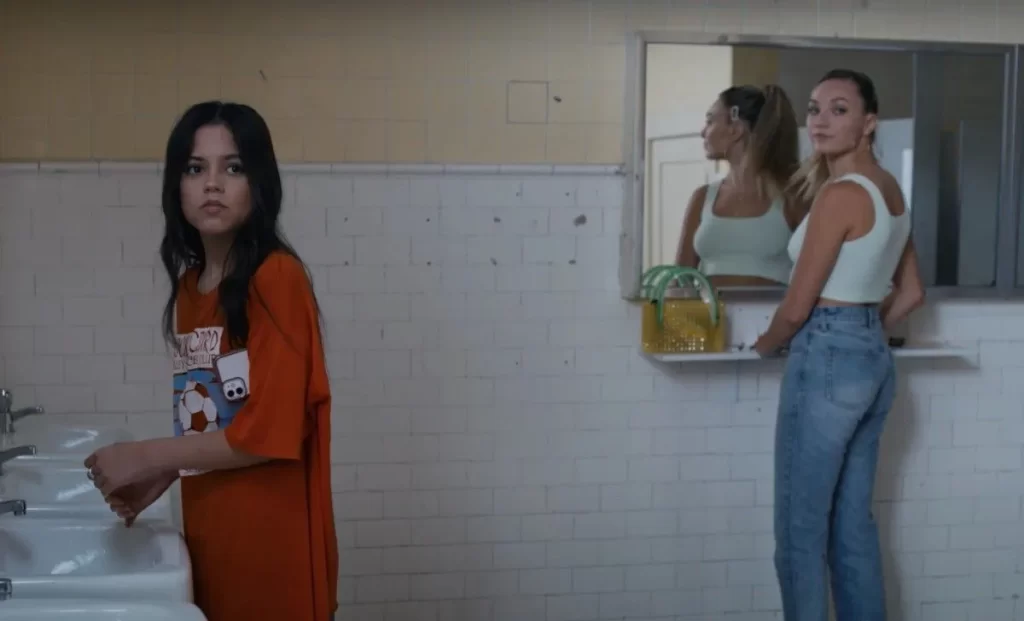
Incidents like the mass shootings in Nashville, Tennessee, Buffalo, New York, and Uvalde, Texas, continue to leave communities in mourning, sparking repeated calls for sensible gun reform and empty promises from politicians to do something to curb the endless violence.
In the wake of the most recent tragedy in Allen, Texas, on Saturday, President Joe Biden repeated his call for a ban on assault-style weapons — combat weapons described by the Pentagon as weapons of phenomenal lethality. At the same time, Republicans continued to rail that such regulations are ineffective, unnecessary, and unconstitutional.
History has shown that, despite impassioned rhetoric on both sides, little to nothing is ever done in the wake of these devastating tragedies. Congress imposed a 10-year ban on military-style assault rifles in 1994 but allowed it to expire. After that, Congress approved no significant gun control for 30 years.
So, while political divides thwart any reasonable debate or significant action to curb the growing threat, parents continue to send their children to school every morning, fearing they may never see them again. Children are forced to endure terrifying active shooter drills, and schools are left to consider how to protect students absent real resources or support.
Americans constantly fear being shot if we enter the wrong car or anger the wrong neighbor. We know that any time we gather in large crowds — at a concert, church, sporting event, movie theater, mall, or dance club — we are vulnerable.
In last year’s World Population Review of safest countries, the United States ranked 129th. Our position has fallen every year since 2016.
The U.S. is said to be the only developed country where mass shootings have occurred every year for the last 20. Since 1968, more than 1.5 million Americans have died in gun-related incidents, exceeding the 1.2 million deaths in all wars in U.S. history. So far this year, 74 people have been killed or injured by guns in schools.
Nearly 350,000 students have experienced gun violence at school since the Columbine High School slaughter in 1999.
We’ve become numb to the discourse and begun to accept this relentless cycle of extreme violence as the new normal.
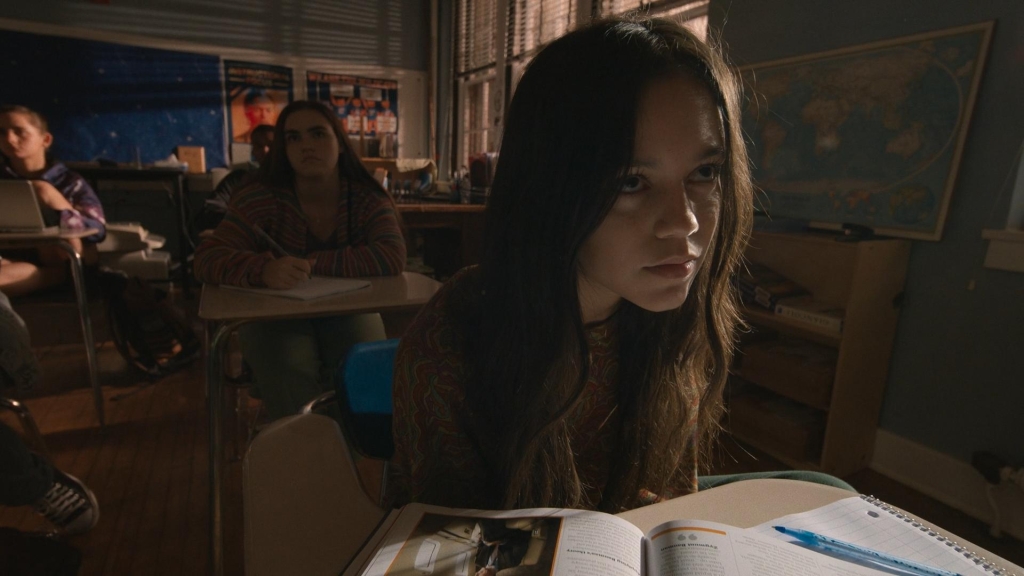
It happens far too frequently. Sure, not every incident makes the news — only the most shocking and sensational stories with the most or youngest victims can garner our attention, even for a moment. And for that moment, we are collectively outraged, horrified, and heartbroken. We shout things like “Never again” and take to social media to express our righteous indignation — our “thoughts and prayers”.
But our outrage quickly dissipates, and we move on with our lives, putting the horror out of our minds until the next time we’re jolted back to the harsh reality that this is America.
The fortunate of us have the luxury to move on once the carnage has been cleaned up. We can forget — for a while — and pretend this is something that happens to other people’s children and loved ones.
But long after the world has lost interest and the 24-hour news cycle has moved on to the next headline-grabbing horror show, real lives are forever changed. The effect of what happened doesn’t fade when the last reporter leaves. It creates the kind of lasting, endlessly haunting trauma that we can’t even let ourselves begin to imagine.
Enter 2021’s The Fallout, a film that explores what happens to the survivors of a school shooting.
Written and directed by Megan Park in her feature film directorial debut, the film stars Jenna Ortega as Vada Cavell, a high school student who navigates significant emotional trauma following a school shooting.
The Fallout premiered at South by Southwest on March 17, 2021, and was released on January 27, 2022, on HBO Max to critical acclaim.
THE RIGHT FILM FOR THE RIGHT TIME
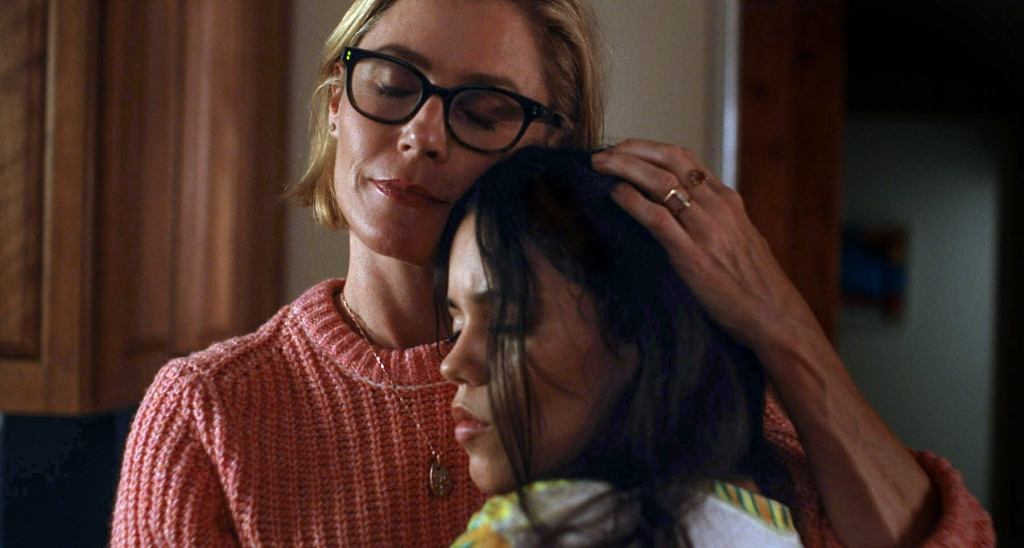
In The Fallout, 16-year-old Vada (a nuanced and deeply affecting performance from the talented Jenna Ortega, Scream V/VI) is a self-described “chill” teen, a happy-go-lucky tomboy. She’s a conscientious student who comes from a loving, close-knit family; she doesn’t cause trouble and enjoys a close bond with her gay best friend Nick (Will Ropp) and her younger sister Amelia (Lumi Pollack). She’s an open book and non-begrudgingly embraces a no-locked-doors, no-secrets policy with her parents.
On the day we meet Vada, she’s having a perfectly normal day at school, so blissfully unaware that this is the day that will forever change her.
She excuses herself from class after getting a text from Amelia, freaked out because she just got her first period. Before returning, she stops at the bathroom, where the beautiful and popular Mia (Maddie Ziegler) touches her makeup. After a brief exchange, the girls hear rapid-fire gunshots and blood-curdling screaming coming from the hallway. After taking a second to process what’s actually happening, the two girls rush to cower in a bathroom stall, shaking and sobbing, fully convinced they are about to die.
There they wait out the agonizing six minutes of unspeakable terror, eventually joined by a boy named Quinton who has stumbled into the girls’ bathroom, covered in blood, after witnessing his brother being shot right before him.
Writer-director Megan Park mercilessly keeps the bloodshed offscreen, refusing to sensationalize or exploit it.
But while her thoughtful and delicate approach makes this scene watchable in a way so many other grisly and voyeuristic films focused on school shootings fumble, not an ounce of impact is lost. It’s every bit as tense, harrowing, and gut-wrenching as you might imagine. The sheer panic and overwhelming fear felt by the teens are palpable.
You don’t need to see what’s happening to understand how earth-shatteringly annihilating it all is.
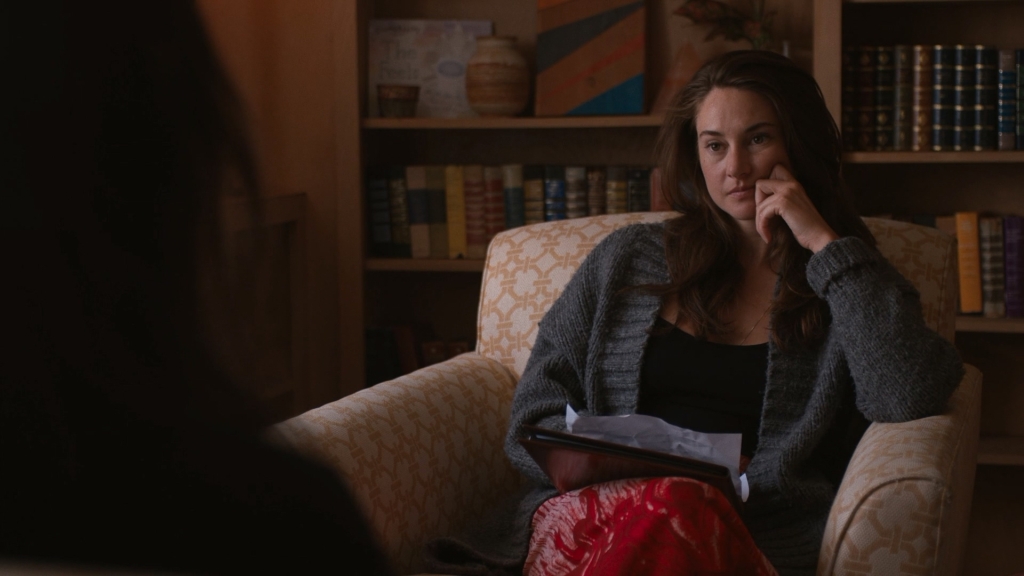
When we next see Vada, she’s back home, but she’s not the same girl we met at the start of the film.
She’s now listless and numb, a broken shell of her former shelf. She retreats to her room, avoiding her family. Her well-intentioned parents (Julie Bowen and John Ortiz) are desperate to help but don’t have the words. They helplessly watch their daughter suffer, even as they struggle with their own turmoil.
Vada’s best friend, Nick, ponders why he survived when so many others didn’t. He feels compelled to do something, channeling his grief into passionate activism. He’s determined to keep such a tragedy from ever happening again — which becomes all the more heartbreaking when you realize how many young people and their parents have had the exact same tenacious purpose, only to be met with indifference and an immovable force of political inertia.
As the constant news coverage of the incident and Nick’s crusade begin to feel like an assault on Vada’s senses, she seeks escape and comfort in her newfound friendship with Mia.
The girls bond over their shared trauma and sense of isolation. Vada has the love and support of her family, but they can’t possibly understand what she’s going through. Meanwhile, Mia’s absentee artist dads are traveling in Japan and can’t be bothered to return home, even after their daughter experiences a tragedy of such enormous magnitude.
Mia admits to being too scared to leave her room. She’s stopped dancing, the thing she loves most in the world. Vada has been consistently waking up in a state of panic following intense nightmares. When she asks Mia if she, too, experiences nightmares, Mia heartbreakingly replies, “You have to be able to sleep to have nightmares.”
While Mia’s dads are too preoccupied to care what she does, Vada’s parents start pressuring her to return to school. When she resists, they insist she sees a therapist (Shailene Woodley) to confront her fears. When Vada tries to return before she’s ready, her anxiety worsens, as does her need to cope in increasingly problematic ways. She begins drinking and doing drugs. She starts growing further apart from her family and the little sister she adores. She does everything she can to try to feel less empty inside, including making out and having sex with Mia.
One aspect of grief Park truly nails in The Fallout is how far from a one-size-fits-all scenario it is.
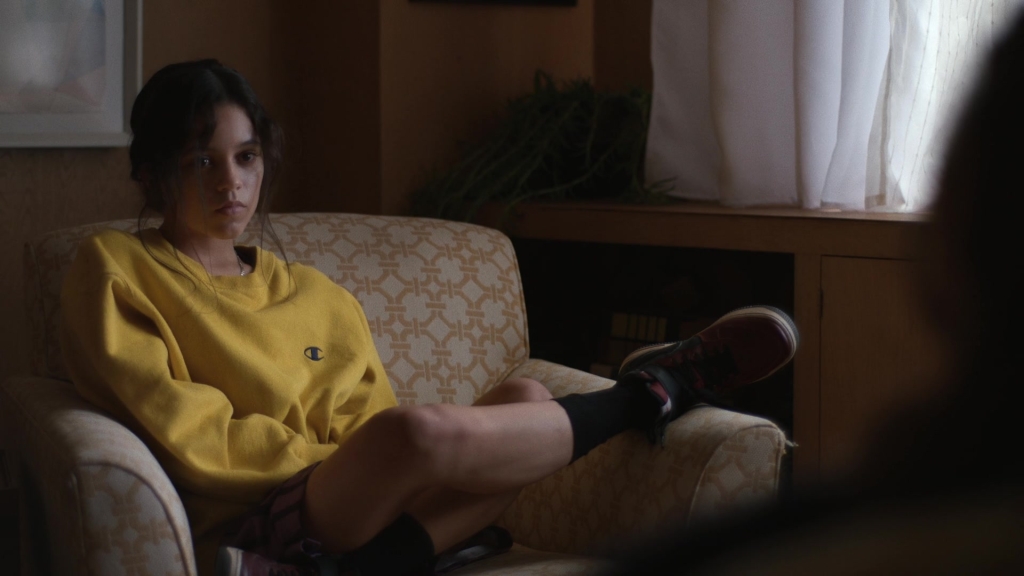
She does an excellent job highlighting the different ways young people and adults cope with such a monumental event.
As for Vada, she’s given time and space at first to grieve however she needs to. She’s met with the appropriate amount of sympathy and support. But as time passes, those around her — including her family and her best friend — start expecting her to grieve more “correctly” or, better yet, to stop grieving and get back to normal.
When she returns to school, and her parents ask how her first day back was, she tells them everyone is just trying to move on. They are thrilled to hear it, thinking it’s all great, but Vada is visibly upset. She’s not ready to move on. And even if she was, she has no idea how. The idea that she isn’t healing fast enough, or turning her pain into something positive like Nick, only amplifies her anxiety and suffering.
Few people can begin to understand how horrific it is to see the source of your greatest trauma, the worst day of your life, replayed and dissected on an endless loop in the media. At the same time, it’s just as horrific when people stop talking about it — when they all seem to move on and expect you to do the same.
The Fallout ends cathartically but agonizingly, with Park reminding us that you can’t just get over the trauma.
You may learn to work through the most crippling of your pain. You learn to manage it, mitigate it, and live with it. If you’re lucky, you develop healthy coping mechanisms and don’t compound the trauma with new horrors like addiction or other self-destructive behaviors. You may even learn to suppress most of it, pushing it further into the recesses of your mind so you can sometimes forget it’s even there at all.
But it’s always there, simmering beneath the surface, waiting to re-emerge at the first sign of a trigger.
That’s the nature of trauma — you don’t get over it; you just get on learning to live with it.
WHY IT MATTERS
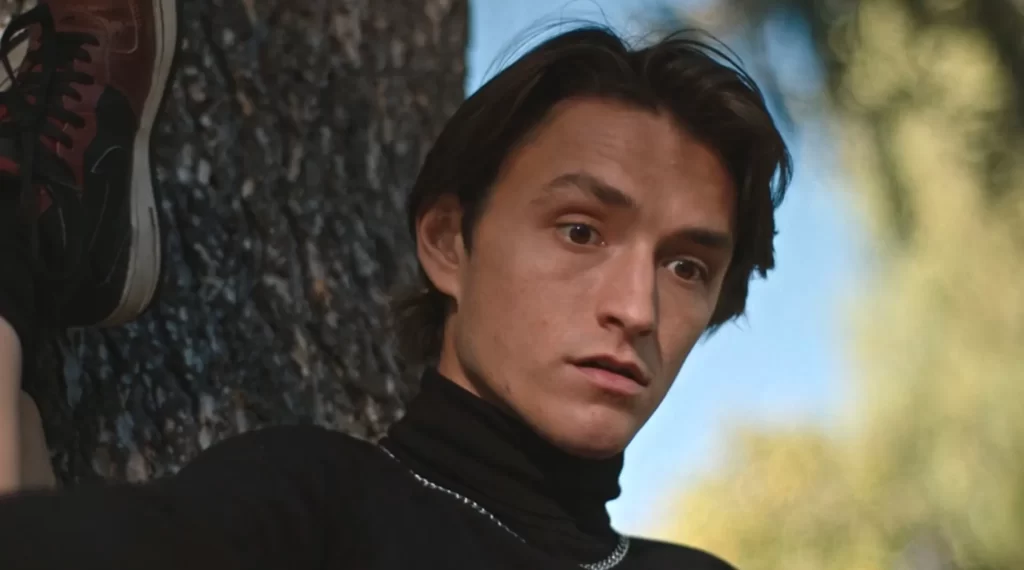
To Park’s credit, she remains above the fray regarding the heated political discourse surrounding gun violence and gun control.
Aside from the brief, somber reflection on the frequency of such life-shattering events, she’s not here to hit you over the head with her agenda. Instead, she keeps the focus squarely on the affected teens and their personal, painful journey toward healing in the aftermath of something few of us can actually comprehend.
Still, if you can watch a film like The Fallout and not be moved to the point of transformative thought, I’d have to question your capacity for empathy and your moral compass.
I already find it nigh impossible to reconcile the fact that so many Americans can watch the news broadcasts and read the headlines following these school shootings and not rise up in fury to demand immediate and meaningful change. Regardless of how you feel about guns — in spite of how passionate you may be about gun ownership or your perceived constitutional rights — it seems easy to expect that to take a backseat to the lives and well-being of our youngest and most vulnerable citizens.
I understand it can be easy to compartmentalize and emotionally disengage when you only see statistics and data points, not actual lives. However, seeing a story of this compelling poignancy, told through the perspective of young people directly impacted by the violence, makes it something challenging not to care about.
The bloodshed caused by mass shootings represents just a fraction of the fatal violence that occurs in the U.S. annually. That much is true. Yet mass killings are happening with staggering frequency year over year. A significant event involving guns (most commonly assault rifles) and mass casualties/injuries occurs on average once a week, according to an analysis of The AP/USA Today data.
According to a sweeping new survey, most Americans say they or a family member has experienced gun violence. The national survey of 1,271 adults revealed the severe physical and psychological harm exacted by firearm violence, especially in minority communities. Nearly 1 in 5 respondents, including 34% of Black adults, 18% of Hispanic adults, and 17% of White adults, said a family member had been killed by a gun.
“Here’s the reality: If somebody is determined to commit mass violence, they’re going to,” said Jaclyn Schildkraut, executive director of the Rockefeller Institute of Government’s Regional Gun Violence Research Consortium. “And it’s our role as a society to try and put up obstacles and barriers to make that more difficult.”
But the appetite for real change seems minimal to non-existent.
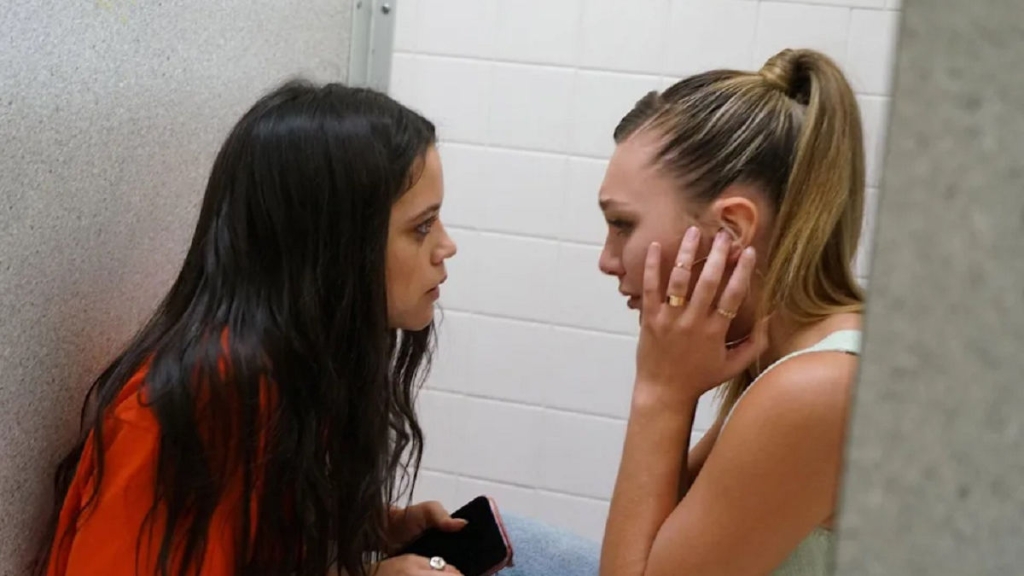
According to the data, the attack at Robb Elementary School in Uvalde, Texas, that killed nineteen children and two teachers, was the 137th school shooting to take place in the U.S. at the time (May 2022). In 2021, there were 249 school shootings – by far the worst year on record.
A year later (April 2023), parents whose children were killed in the massacre made sobbing pleas before legislators for stricter gun laws after several proposals seemed to be headed for a stall in the face of a Republican majority. The emotional hearing underscored the anger of some Uvalde families over the continued reluctance by the GOP in Texas to pass any new restrictions or do anything at all to make schools even a modicum safer.
Much of the debate centered on a conservative proposal to raise the age to purchase semiautomatic rifles from 18 to 21 years old, which Republican Gov. Greg Abbott has opposed. The session ended in a no-vote, with no commitment to take up the legislation at a later date.
James Densley of Metropolitan State University and Jillian Peterson of Hamline University log incidents in a database of U.S. mass shootings. It has helped them build a profile of the typical school shooting suspect. Densley and Peterson write that the “overwhelming number of shootings and shooting threats” have left schools struggling to respond, resulting in a patchwork of different measures that have failed to slow the frequency of attacks across the states.
The two scholars contrast this local response to school shootings in the U.S. to the national legislative action taken in countries such as the U.K., Finland, and Germany, concluding:
“School shootings are not inevitable. They’re preventable. But practitioners and policymakers must act quickly because each school shooting feeds the cycle for the next one, causing harm far beyond that which is measured in lives lost.”
Fred Guttenberg, whose 14-year-old daughter Jaime was one of 17 people killed at a Parkland, Florida, high school in 2018, said, “I visit my daughter in a cemetery. Outrage doesn’t begin to describe how I feel.”
The Parkland victims are among the 2,842 people who have died in mass killings in the U.S. since 2006.
WATCH THE FALLOUT NOW
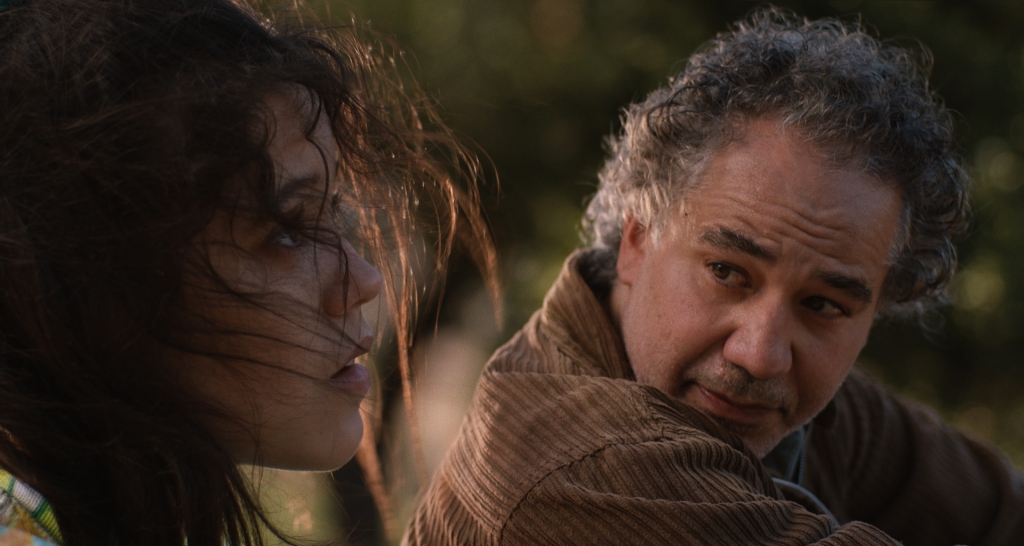
The suspect in the Robb Elementary School reportedly bought his military-style rifles shortly after his 18th birthday. The fact that he could do this so easily is undoubtedly due to the lax gun control laws in Texas. In the U.S., that lack of reasonable regulation has led to an ever-increasing number of firearms in the hands of citizens, a trend that has only accelerated in recent years.
The gun lobby has led Americans to believe the right to bear arms is absolute. But that’s not true. The Supreme Court has stated emphatically that gun rights don’t allow “bodies of men to associate together as military organizations,” to carry firearms “in such manner as to strike terror to the people,” or to openly carry weapons that are “dangerous and unusual” or intended for a “wicked purpose.”
With an estimated 5 million members, the National Rifle Association (NRA) is among the most feared and influential players in the nation’s capitol and all 50 states. The NRA opposes any constraints on guns, arguing that any compromise would put America on a “slippery slope” to government confiscation of firearms.
Recent polling suggests that the vast majority, 63 percent, of Americans want better gun control (the highest in more than 20 years). Most Americans have favored stricter laws since the Sandy Hook school shooting in 2012. However, these feelings have not translated to real change at the ballots or in sustained organized protests and education campaigns.
So, in the absence of being held accountable by voters, Republican lawmakers continue to do the bidding of the NRA, courting donations and support by voting no on all modest gun control proposals and even going so far as wearing miniature AR-15s on their lapels. One day after a shooter used an AR-15 to kill five people in Texas, Rep. Lauren Boebert (R-Colo.) posed smiling with a T-shirt showing an AR-15 and a caption that called it a “cordless hole puncher.” Georgia Rep. Marjorie Taylor Greene’s response to school shootings is to put more guns in schools.
There is some good news. Three states recently passed gun control reform packages: Washington, Colorado, and Maryland. If the federal government refuses to act, it will be up to more states to protect their communities through their own legislation. And if we want that kind of action, it’s up to us to be louder, more powerful, and more influential than the NRA and gun lobbyists.
If you care about this issue (or even if you’re open to having your mind changed), I urge you to watch The Fallout — a powerful, moving, and stunningly scripted and acted drama well worth your time — and then stand in support of so many young people and others simply begging for a chance to feel safe.


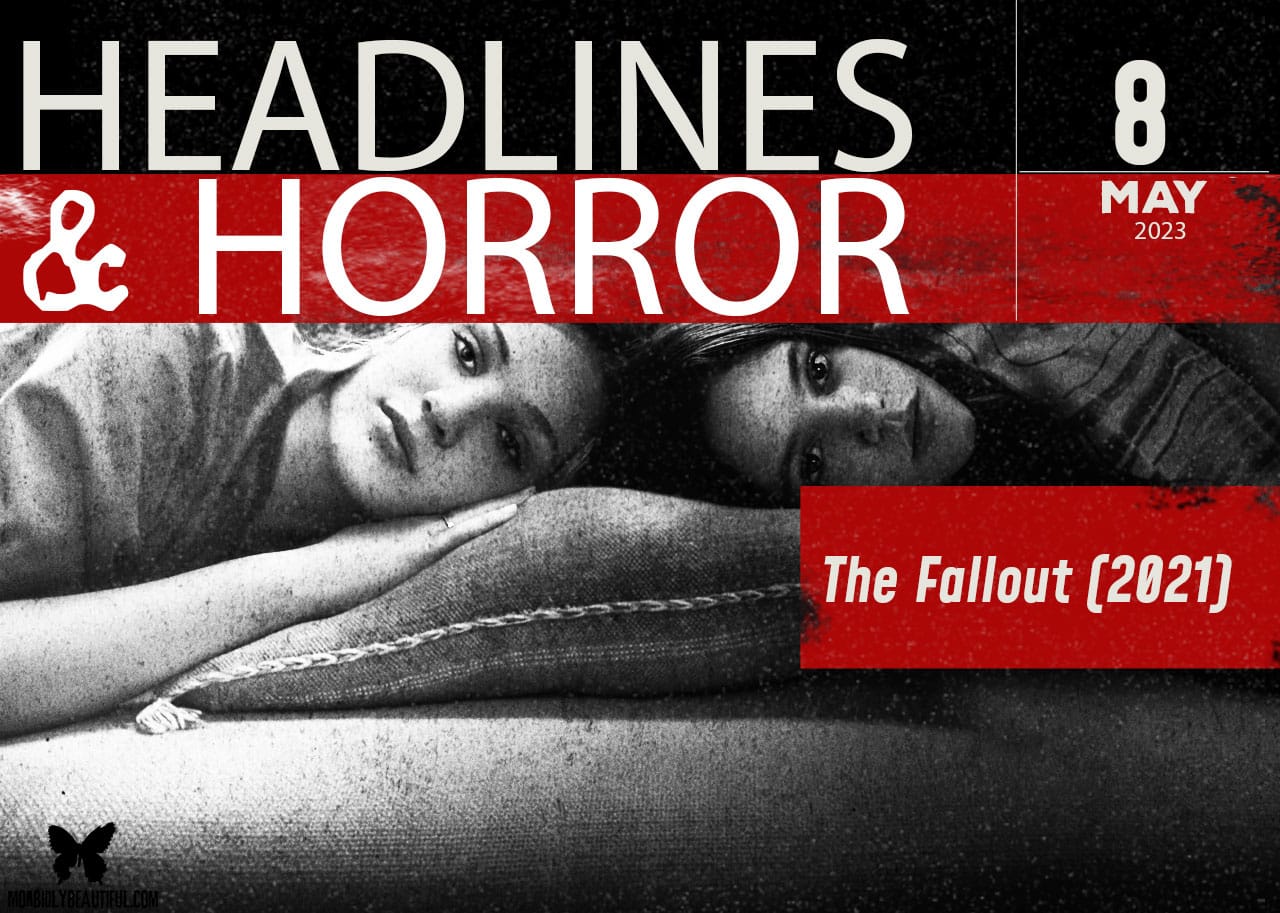
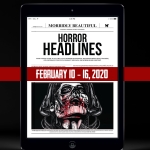
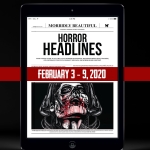
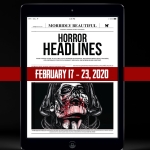






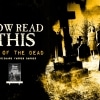


Follow Us!